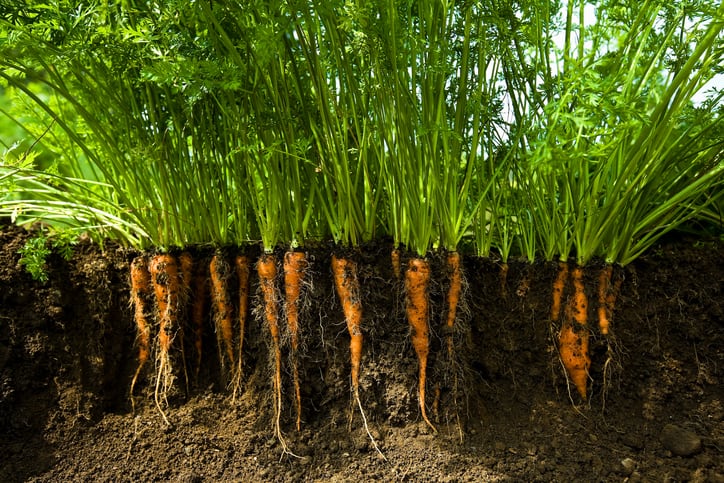One measure of the effectiveness of regenerative agriculture (RA) is the increase in soil organic carbon (SOC) levels, an indicator of soil productivity.
A review of 28 studies, published between 2002 to 2020, on different RA practices found a wide variation of results on the increase in SOC levels relative to conventional practices, ranging from 0.923 to 8.388MgC/ha/year.
Among the seven RA practices studied, crop rotation and managed grazing exhibited the highest potential SOC accumulation rates, compared to conventional practices. Several studies also found agroforestry was found to have a large SOC potential.
The other four RA practices being no or reduced till, cover cropping, reduced use of agrichemicals and use of organic amendments, and integrated crop-livestock (ICL).
Regenerative agriculture on yield outcomes
SOC content is also an indicator of the climate resilience of soil that ultimately affects yield stability.
“SOC is important in maintaining soil aggregate stability, lowering bulk density, improving water infiltration and water holding capacity, and reducing erosion and nutrient loss – these traits related to SOC content can make soils more resilient to extreme weather events which are becoming increasingly common and intense as a result of climate change.”
However, the previous studies have showed mixed results, and the researchers warranted more research on the impact of RA practices on yield stability.
Al-Kaisi et. al (2013) found that during the 2012 drought, farmers in Western Iowa who practiced no-till farming experienced higher corn yields (6.2Mg/ha) than conventional tillage farmers (2.5Mg/ha).
A meta-analysis on the yield stability of conventional, organic, and conservation agriculture showed that crop rotation, residue management, and no-tillage had no effect on yield stability, and that organically managed fields had a 15% lower relative yield stability than conventional fields.
Previous studies on the combined implementations of RA practices also showed contradictory results. While most of them elicited a higher SOC response compared to conventional agriculture, there is limited data on the impact of combined implementation of RA on yield.
“A more balanced consideration of ecosystem health and restoration alongside consideration of yields, may prove beneficial towards sustaining yields in the long term.
“Overall, more studies are needed to determine how different regenerative practices (alone or in combination) impact yield, as this will affect the overall environmental and agricultural outcome of their implementation,” the researchers stated.
Reaping the most benefits of regenerative agriculture
The researchers said that locations with a high potential for carbon storage, particularly soils that have been the most degraded from historical intensive agriculture.
Zomer et al. (2017) found North America to have the highest potential for total carbon storage (0.17–0.35 PgC/y), followed by South Asia and Europe (0.11–0.23 PgC/y).
On a national basis, countries with the highest total annual potential for carbon storage includes the United States, India, China, and Russia.
The researchers also highlighted the need for RA studies to consider the permanence of retaining the SOC content, aside from increases in SOC levels.
“Soil carbon accumulation will slow over time as soils begin to reach a new equilibrium, meaning that carbon sequestration will not continue indefinitely.
“Indeed, the sequestered carbon could still be lost at any point and regenerative agriculture projections need to be clear that increasing soil carbon levels alone is not the key goal, but rather that increasing soil carbon levels to the point of equilibrium and then maintaining the levels is key to realising impacts.”
The review found that most RA practices interact solely with labile carbon pool, thereby making it easily susceptible to decomposition, compared to stable carbon.
That said, the researchers posited the benefit of converting the soil organic matter into more passive or stable forms of carbon.
“More research is needed into how these practices interact with each other and how soil carbon storage can be maximized and made more permanent by focusing on soils that are far from their potential storage capacity and the stability of the carbon within the soil matrix,” the researchers concluded.
Source: Environmental Research Communications
“What climate and environmental benefits of regenerative agriculture practices? an evidence review”
Authors: Rehberger, E., et al.




